
Plant Parts - Leaves
Leaves are the food making factories of green plants. Leaves come in many different shapes and sizes. Leaves can be simple. They are made of a single leaf blade connected by a petiole to the stem. An oak leaf or a maple leaf are examples. A compound leaf is a leaf made up of separate leaflets attached by a petiole to the stem like an ash or a locust.
Leaves are made to catch light and have openings to allow water and air to come and go. The outer surface of the leaf has a waxy coating called a cuticle which protects the leaf. Veins carry water and nutrients within the leaf.
Leaves are the site of the food making process called photosynthesis. In this process, carbon dioxide and water in the presence of chlorophyll (the green pigment) and light energy are changed into glucose (a sugar). This energy rich sugar is the source of food used by most plants.
Photosynthesis is unique to green plants! Photosynthesis supplies food for the plant and oxygen for other forms of life.
A green plant helped make the oxygen you are breathing today.
Plant Parts - Flowers
Flowers not only look pretty but, in fact, are important in making seeds. Flowers have some basic parts. The female part is the pistil. The pistil usually is located in the center of the flower and is made up of three parts: the stigma, style, and ovary. The stigma is the sticky knob at the top of the pistil. It is attached to the long, tubelike structure called the style. The style leads to the ovary that contains the female egg cells called ovules.
The male parts are called stamens and usually surround the pistil. The stamen is made up of two parts: the anther and filament. The anther produces pollen (male reproductive cells). The filament holds the anther up.
During the process of fertilization, pollen lands on the stigma, a tube grows down the style and enters the ovary. Male reproductive cells travel down the tube and join with the ovule, fertilizing it. The fertilized ovule becomes the seed, and the ovary becomes the fruit.
Petals are also important parts of the flower, because they help attract pollinators such as bees, butterflies and bats. You can also see tiny green leaf-like parts called sepals at the base of the flower. They help to protect the developing bud.
The fruit is the ripened ovary of a plant containing the seeds. After fertilization, the ovary swells and becomes either fleshy or hard and dry to protect the developing seeds. Many fruits help seeds spread (maple seeds). Many things we call vegetables are really fruits such as tomatoes, cucumbers, and beans.
Every seed is a tiny plant (embryo) with leaves, stems, and root parts waiting for the right things to happen to make it germinate and grow. Seeds are protected by a coat. This coat can be thin or thick and hard. Thin coats don't protect the embryo well. But thick coats can let the embryo survive some tough conditions.
The seed also contains a short-term food supply called the endosperm which is formed at fertilization but is not part of the embryo. It is used by the embryo to help its growth. In the bean that is shown, the endosperm is no longer there. It has been used for the growht of the embryo, and most of its nutrients and energy are now in a different form within the tissues of the cotyledon.
Plants with one cotyledon (like corn) are called monocots. If they have two cotyledons (like beans), they are called dicots.
Seeds are a plant's way of getting from one area to another by either wind, water or animals.
Do you know what all plants need to grow? Detective LePlant has discovered seven things:--
1.Room to Grow
2.Temperature
3.Light
4.Water
5.Air
6.Nutrients
7.Time
























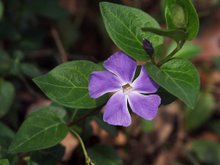





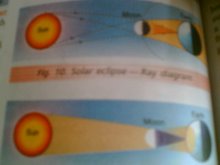
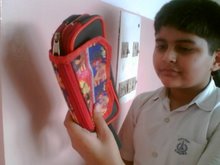
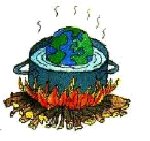
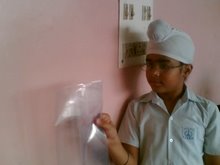
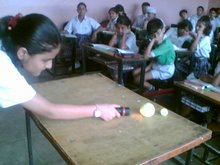

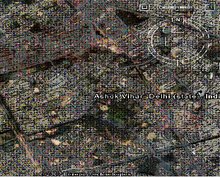
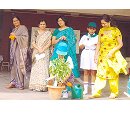

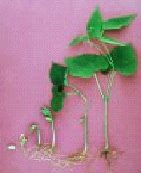




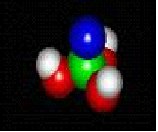

No comments:
Post a Comment